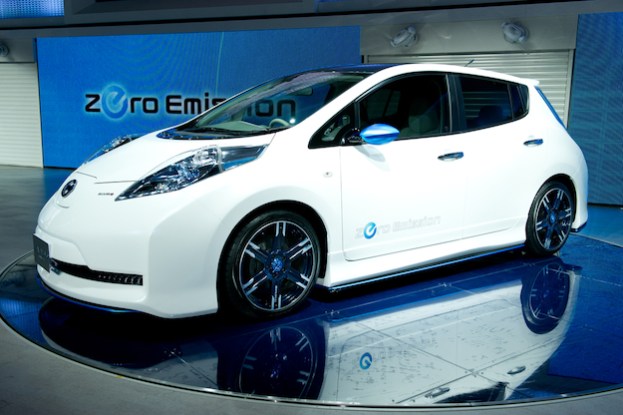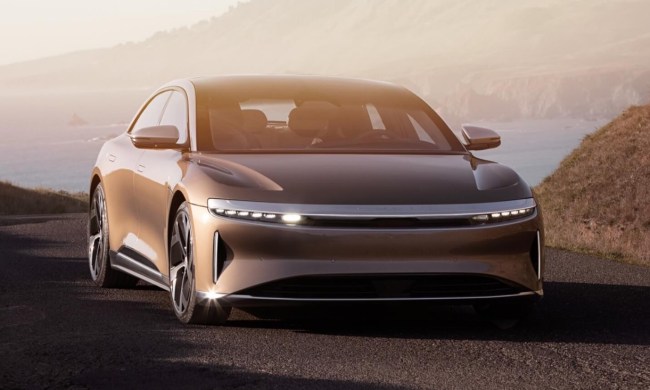
We nodded with approval when we saw the Nissan LEAF Nismo concept back in 2011. Then we read about the vehicle and our excitement for a performance-tuned version of the Nissan LEAF quickly turned to disappointment when we realized that the LEAF Nismo was in no way quicker; it simply looked sportier.
Typically, when Nismo sinks its teeth into a vehicle, the result is a credit to Japanese engineering ingenuity. Nismo has taken vehicles like the 370Z and made them that much more exciting on the outside as well as under the hood. When Nismo decided to take on the LEAF, it must have bitten off more than it could chew because it left the electric drivetrain completely untouched.
What Nismo did to the exterior, though, was pretty striking. It created a distinctive body kit with an aero bumper, a rear under protector, rear diffuser, extended side sills and 18-inch wheels. The resulting improvements aren’t just visual but also aerodynamic. The LEAF Nismo body produces more downforce, which allows the LEAF to stay firmly planted to the road.
Autocar is reporting that Nissan has pushed to send the LEAF Nismo into production this summer. They say it won’t be coming to Europe but we here at Digital Trends wouldn’t be surprised if we didn’t see at least a couple LEAF Nismos end up Stateside.
While the LEAF Nismo might not be faster, Nissan still brags that the LEAF will make a 0-60 run in around seven seconds. Add to that mildly improved aerodynamics and the LEAF Nismo will probably be a kick to drive, if not extremely unusual compared to other Nismo offerings of the past.
No official figures have been announced but we presume the sticker price will be around the $50,000 mark, if not a bit more. With the LEAF Nismo, buyers will be paying for exclusivity and not for performance.


